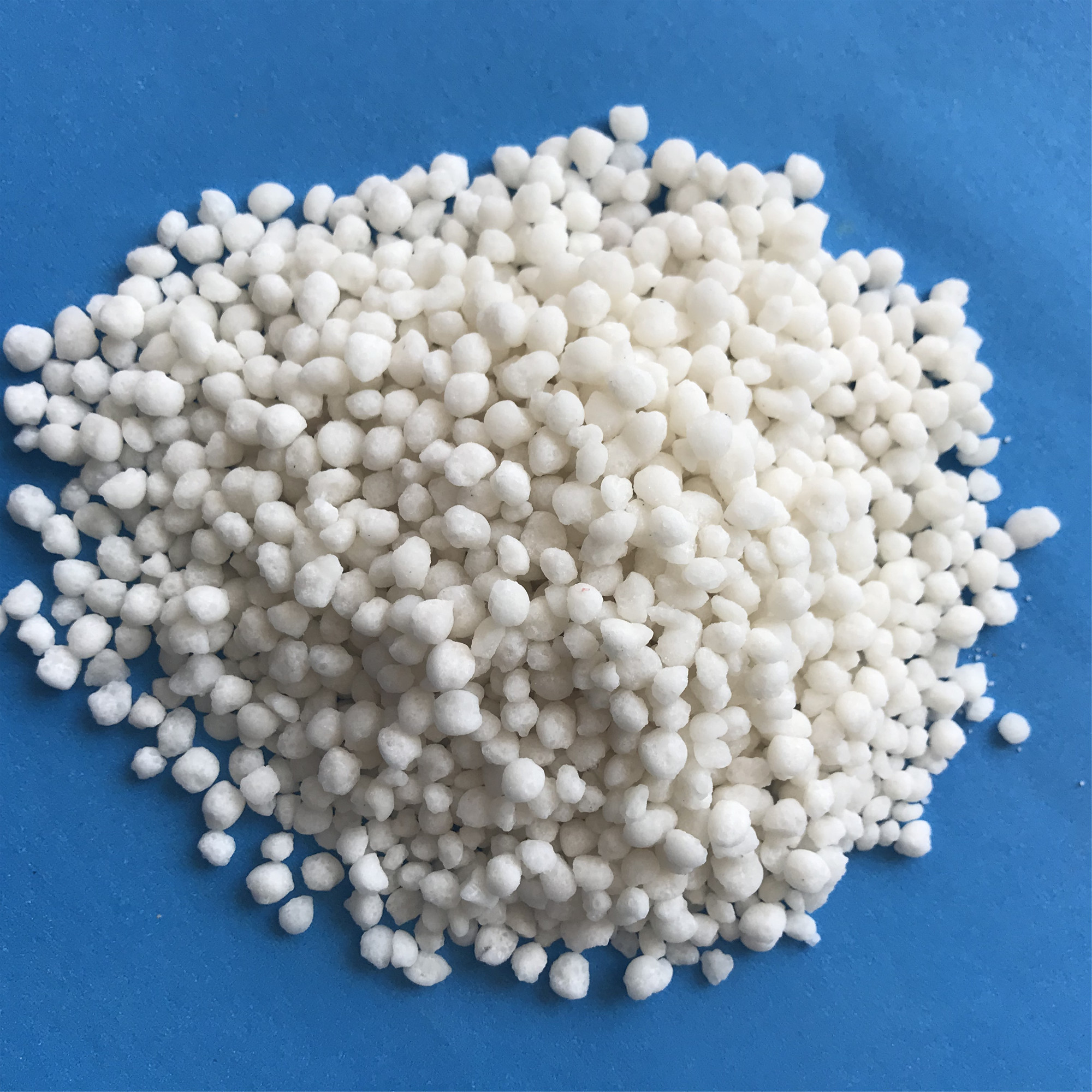



Alumina Crucibles for High-Temperature Applications and Their Performance Characteristics
The Use of Al2O3 Crucibles in Advanced Materials Processing
Alumina, or aluminum oxide (Al2O3), is one of the most widely used materials in the field of ceramics and high-temperature applications. Its remarkable properties, including high hardness, excellent thermal stability, and low electrical conductivity, make it an ideal choice for various industrial applications, particularly in the form of crucibles. This article explores the significance of Al2O3 crucibles in advanced materials processing, their manufacturing, applications, and benefits.
Properties of Al2O3
Alumina boasts an impressive range of properties that make it suitable for high-temperature uses. Its high melting point (over 2000 °C) allows it to withstand extreme environments where traditional materials would fail. Furthermore, alumina is chemically inert, meaning it does not react with most substances at high temperatures, making it indispensable in laboratories and manufacturing processes where contamination can pose significant risks.
Additionally, Al2O3 exhibits excellent mechanical strength, making it resilient under physical stress. Its hardness allows it to resist wear and tear, thereby enhancing the durability of equipment used in high-performance applications. The material can also be produced in various purities, with high-purity Al2O3 being particularly essential for critical applications in the aerospace and electronics industries.
Manufacturing of Al2O3 Crucibles
The production of alumina crucibles typically begins with the extraction of bauxite ore, which contains aluminum oxide along with other compounds. The Bayer process is commonly employed to refine bauxite into pure alumina. This involves crushing the ore and treating it with sodium hydroxide, which separates the aluminum from impurities.
Once the alumina is obtained, it is then shaped into crucibles through various methods, such as pressing or casting. After shaping, the crucibles undergo controlled sintering at high temperatures to increase their density and mechanical properties. The end product is a robust, high-purity crucible capable of withstanding extreme conditions.
Advanced techniques, such as adding various additives or utilizing advanced sintering methods, can further enhance the properties of these crucibles to cater to specific applications. For instance, the incorporation of zirconia can improve thermal conductivity, while stabilization treatments can enhance the material's performance in reactive environments.
al2o3 crucible

Applications of Al2O3 Crucibles
Al2O3 crucibles are extensively used in numerous applications, including metal casting, chemical processing, and high-temperature experiments. In metal casting, these crucibles are essential for melting metals and alloys due to their ability to withstand high temperatures while preventing contamination.
In the field of chemistry, Al2O3 crucibles are crucial for conducting high-temperature reactions, calcinating materials, and analyzing substances under lab conditions. Their inert nature ensures that the chemical composition of the materials being tested remains unchanged, leading to reliable and accurate results.
Moreover, in the electronics industry, Al2O3 is frequently used in the production of semiconductor devices and dielectric substrates. The excellent dielectric properties of alumina make it a suitable choice for insulating materials in capacitors and other electronic components.
Benefits of Using Al2O3 Crucibles
One of the primary advantages of using Al2O3 crucibles is their durability and longevity. Unlike traditional materials, alumina crucibles can withstand repeated heating and cooling cycles without cracking or degrading, making them cost-effective over time. Their chemical inertness reduces the risk of unwanted reactions, ensuring that the integrity of the samples is maintained during processing.
Additionally, the ability to manufacture Al2O3 crucibles in different sizes and shapes allows for versatility in various applications, catering to both laboratory-scale and industrial-scale operations. Their lightweight nature also facilitates easier handling and reduces transportation costs.
Conclusion
In conclusion, Al2O3 crucibles are indispensable in advanced materials processing due to their unique properties, manufacturing versatility, and wide-ranging applications. From metal casting to high-temperature chemical reactions, these crucibles play a crucial role in ensuring efficient and reliable processing of materials. As industries continue to demand higher performance and precision, the significance of Al2O3 crucibles will only increase, supporting advancements in technology and materials science for years to come.
-
Using Potassium Nitrate for Colorants in Various ProductsNewsApr.29,2025
-
Safety Precautions When Handling Monopotassium PhosphateNewsApr.29,2025
-
Lead Oxide in Wastewater Treatment: A Powerful SolutionNewsApr.29,2025
-
Innovations in Sodium Chlorite ApplicationsNewsApr.29,2025
-
How Lead Nitrate is Used in Analytical ChemistryNewsApr.29,2025
-
Different Grades of Sodium Bisulfate: Which One Do You Need?NewsApr.29,2025
-
Sodium Chlorite vs. Other Disinfectants: A Comparative AnalysisNewsApr.14,2025










